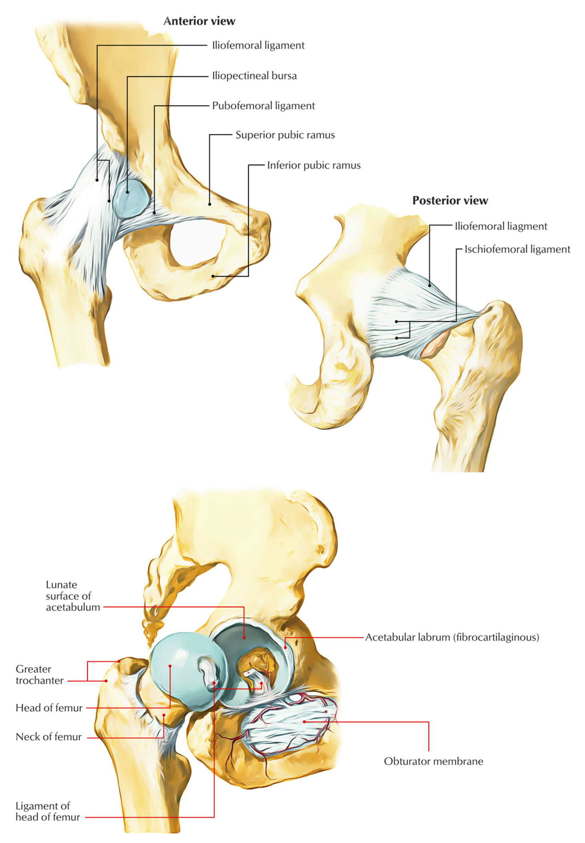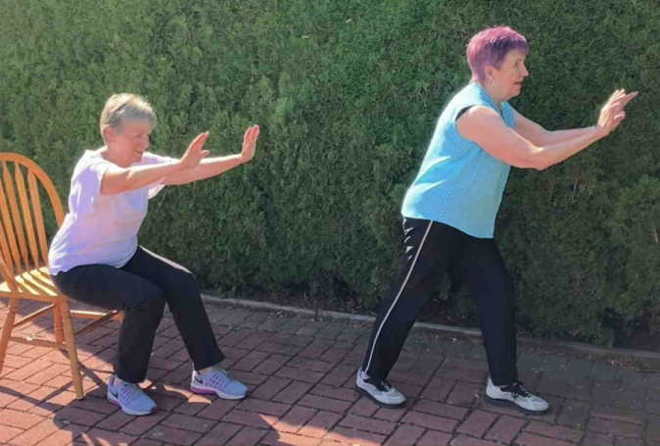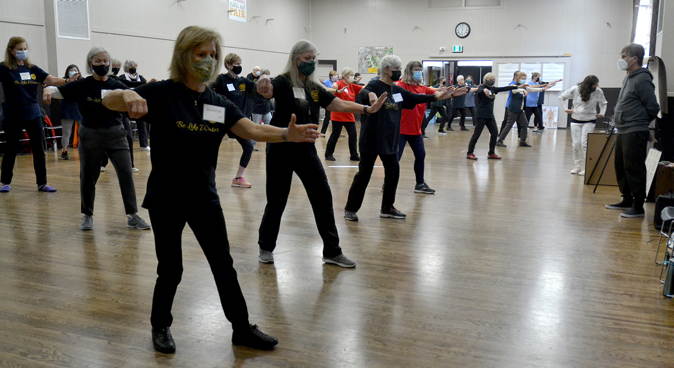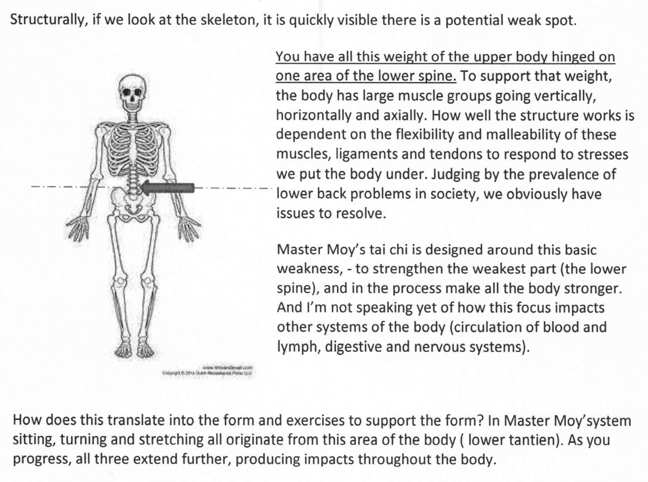

Information, News, and Events
Posted December 6, 2021 To begin with, the movement in the Tor Yu is analogous to an exaggerated version of walking. In normal walking gait there is a reciprocal motion of the legs, hips and pelvis, with one side of the pelvis extending while the other is flexing. The Don Yu is an exaggerated version of sitting and stretches the tendons and ligaments of the lower back. At our recent Instructor's Workshop, we talked about the expansion that occurs in the Don Yu and applying that to the Tor Yu. This simple, yet complex, motion of the body is really unique to Mr. Moy's style of Tai Chi. The principles that he incorporated into the exercise give it a more internal connection and quality. Most stretching exercises have traditionally emphasized a basic two-dimensional stretch where we simply bend or move in the direction of a particular muscle group to stretch. Functionally, however, the body is meant to move in three dimensions, and it does so even in simple movements such as bending over to pick something up. Tai Chi mirrors this more complete range of motion and is more in tune with the body's natural physiology.  Looking at the hip joint we see that the structure is a ball and socket that is very stable with strong ligaments holding it in place. It is oriented for ease of mobility in almost 360° of rotation. Stability is also provided by the deep socket, known as the acetabulum which holds the ball. The hip is surrounded by very strong muscles that move the joint while also adding stability. The hips bear weight for the entire body and transmit ground reactive forces from the legs through the pelvis and up the spine. In other words, the hip joint has a full and circular range of motion to allow walking but has surrounding tissues to provide stability. In Tai Chi, we are working on stretching and strengthening the entire hip area and we do so by using the turning capability of the joint. As you can see in the diagram the ligaments that hold the hip joint in place are not oriented in a straight line but rather spiral around the joint. The turning motion of the Tor Yu further turns the ligaments to keep them supple and strong. This keeps the hip joints mobile and flexible. Incorporating the Don Yu into the Tor Yu amplifies the effect of this turning. In the sitting motion of the Don Yu there is a dropping of the sacrum (tailbone), and a corresponding stretching of the lumbar spine (lower back). Tor Yu's can build on this inherent natural movement. The Don Yu sitting action, combined with the turning in the Tor Yu, gently stretches the joints, ligaments and tendons through a more complete range of motion. This allows for three-dimensional stretching to occur in these tissues and mirrors the natural turning and stretching of the body in everyday movement. In other words, incorporating the sitting movement of the Don Yu into the turning of the Tor Yu creates a three-dimensional stretching through the body, - the spiral turn. 
Posted November 18, 2021 None-the-less, I was a little anxious last summer when Doug Overholt asked me to teach Tai Chi on zoom for Parkinson Society BC. What could I offer? Would it be safe? Would participants gain any benefit? How could we make the teachings accessible to people with varying levels of mobility? I did some investigation and found an article on the Parkinson Society Website called Study Finds Tai Chi improves Motor function in Parkinson's Patients. I asked one of my set leaders at Century House, Ginny Lewis, if she would assist me with this class. She has a wealth of medical knowledge from her nursing career and had previously worked with people with Parkinson's. With Ginny onboard, and my little bit of knowledge, we said yes to teaching the classes. Ginny and I spent hours planning how we would teach Tai Chi to people living with Parkinson's. Ginny made the brilliant suggestion that she would do the sets seated while I did the regular standing set. This allows people at all levels of mobility to participate. Ginny also exploits an advantage of Zoom-the gallery shots-that allow her to make insightful comments as she watches multiple participants. The first two classes were a steep learning curve but after that the classes flew by. As with other Tai Chi classes, we instructors get great satisfaction watching the progress people make from one class to the next. Ginny has noticed changes in posture and positioning, how they move and even their facial expression as they go through each class. Even if there is a setback and a person cannot attend classes for a while, when they return their bodies have a way of knowing what they had learned previously. Even though it means starting over, the learning happens quicker. At the end of August, the facilitator asked for feedback from participants-should we bring the class back? The response was overwhelmingly positive. One participant said: "Thank you so much. What a great class. We appreciate your instruction. See you in October." Another responded: "Have really enjoyed this, appreciate the care you have both taken. Looking forward to October." Obviously, Ginny and I have agreed to return for October and November. If you are a Canadian Tai Chi Academy instructor and are asked to teach classes for the Parkinson Society, we highly recommend you accept! Sylvia Davis  
Posted October 13, 2021 On October 2nd and 3rd we held a one and a half day workshop in Cobble Hill, just north of Victoria, with 48 registrants signed up for all or part of the weekend. The majority of the participants were from Duncan/Chemainus, with a few of our new friends joining us from Sidney and Nanaimo. Despite being in the midst of a pandemic, in B.C. groups of up to 50 are permitted to gather as long as all participants have been double vaccinated, wear masks and adhere to distancing and sanitizing requirements. So yes, it posed some challenges, but it definitely did not dampen our spirits. Doug and Susan provided instruction in the foundation exercises and the first few moves of the set, emphasizing moving the body, turning, and sitting. Individual corrections were much appreciated and questions and discussions were very informative and illuminating. A lot of "ah ha" murmurs could be heard as concepts were introduced and demonstrated. The instructors had the opportunity Saturday afternoon to meet with Doug and Susan for a Q&A session about how to perform certain moves, and tips on how to teach them. Thanks to the many, many volunteers who provided help with food and resfreshments, organized registration, set up the chairs and tables, sold T shirts, brought flowers, took pictures, and helped clean up. And finally a big thank you to all of the participants who showed up and once again demonstrated their love for, and commitment to tai chi. Judith Green Workshop Organizer  
Posted September 15, 2021 Found this brief article on the Danyu and thought it might be of interest to others. Old material but worth repeating. Also, for a more complete review of the Danyu benefits (and the Toryu) check out the recent add to the CTCA website, under The Forms, "Introduction with Dr. David Carson". There's detailed information every Instructor will find helpful to share with their classes.  
|

Posts Current 2023 2022 2021 2020 2019 2018 2017 2016 2015 2014 2013 |